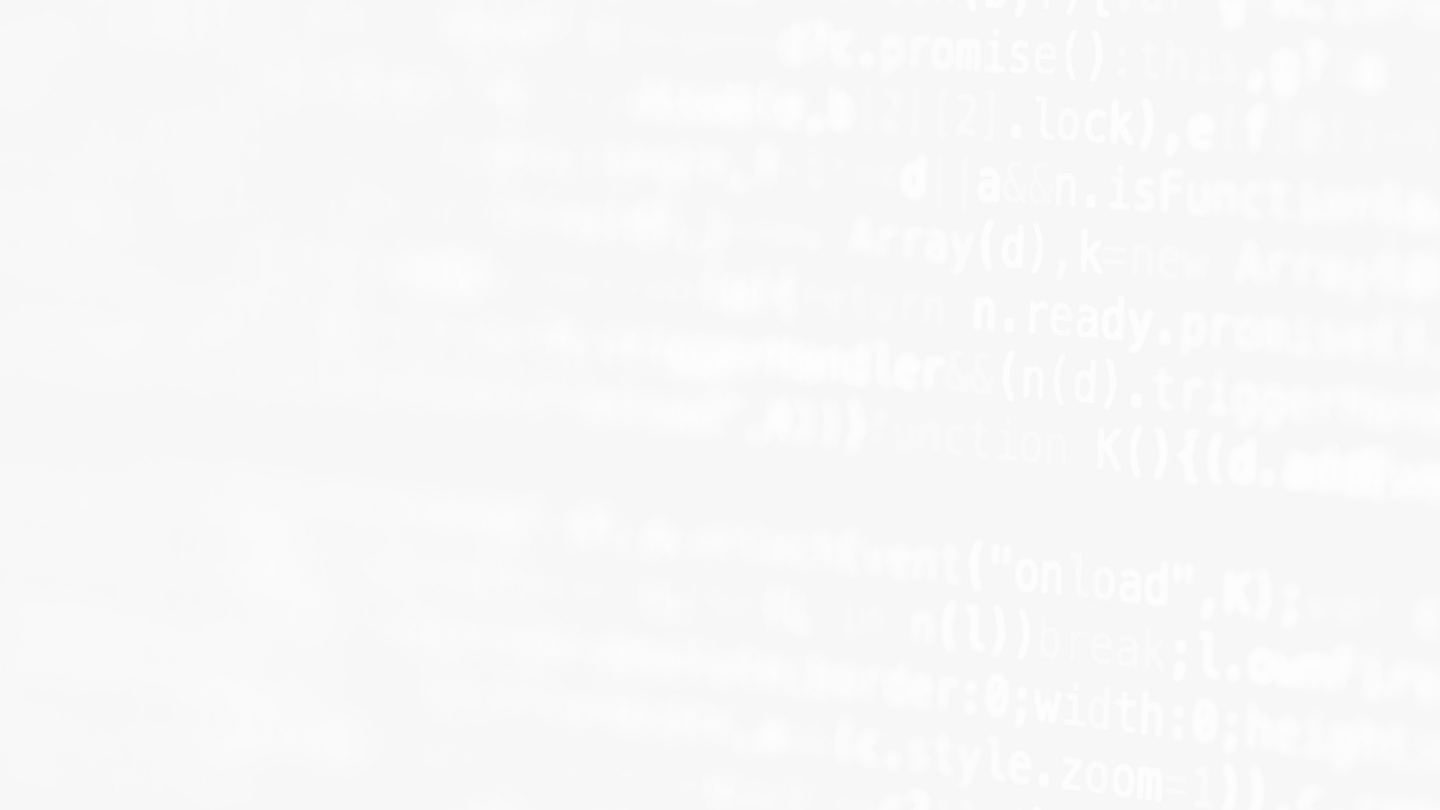
Explore the Docs
Core resources, information, and tools designed to help developers understand and work with the platform.
Tezos Developer Docs
Learn how to build on the Tezos blockchain. Follow along with application development tutorials and explore the tools available.
Open Docs
OpenTezos
Explore the technical and economic concepts behind the Tezos Network, experiment with our tutorials, or start building your own Tezos dapp.
Open Docs
Octez Suite
Learn how to implement the Tezos blockchain.
Open Docs
Frameworks and Libraries
Explore the different frameworks and libraries that help you run applications on the Tezos blockchain.
Learn more
Languages
There are multiple languages (and growing) that the Tezos blockchain supports.
Learn more
Etherlink
Etherlink is a non-custodial scaling solution powered by Tezos Smart Rollups technology.
Open Docs

Why develop on Tezos?
Builders and players are driven to Tezos for its pioneering, state-of-the-art tools, and platforms.
Future of Smart Rollups
Tezos leads in scaling solutions with Smart Rollups, enabling high throughput and low latency for scalable and efficient applications.
Seamless Upgradability
On-chain governance for seamless, forkless upgrades, ensuring continuous evolution without ecosystem disruption or downtime.
Low Transaction Fees
Tezos ensures low transaction fees, making it cost-effective for developers and users to interact with the blockchain.
Decentralized Governance
Tezos empowers its community by allowing stakeholders to vote on protocol upgrades and shape the future of the network.
Developer Hub
Recommended tutorials to help you get started. Stay tuned as we add bootcamps and online courses.

Featured
Beginner
Smart Contracts
Understanding NFTs
React ·
Typescript
This blog provides an overview of a comprehensive video series that explores NFTs in depth, covering everything from the basic concepts to advanced development techniques on the Tezos blockchain.

Featured
Intermediate
Smart Contracts
Michelson Tutorial: Live Coding Video Series
Michelson ·
FA1.2 Standard
Stay ahead in the world of blockchain development by mastering Michelson on Tezos with these in-depth tutorials!

Featured
Intermediate
Smart Contracts
LIGO Basics Tutorials: Mastering jsLIGO
jsLIGO ·
TypeScript ·
JavaScript
This comprehensive tutorial series is designed to guide you through using the jsLIGO language to create smart contracts on the Tezos blockchain.

Featured
Beginner
dApps
Smart Contracts
Create a Voting dApp on Tezos: A Comprehensive Tutorial
React ·
TypeScript ·
SmartPy
Learn the process of building a Voting dApp using SmartPy and React.

Intermediate
Smart Contracts
Smart Contracts and Events on Tezos
SmartPy ·
React
This video is perfect for developers looking to understand and implement events in their smart contracts on the Tezos blockchain.

Intermediate
Smart Contracts
Sign On Web2 Backend with a Tezos Wallet
SIWT
SIWT (Sign In With Tezos), a powerful library, simplifies this process by enabling effortless authentication on any web2 application.

Intermediate
Smart Contracts
dApps
Sapling on Tezos
Ligo ·
Taquito ·
Sapling ·
FA1.2 Standard
Stay ahead in the world of blockchain development by mastering Sapling on Tezos with these in-depth tutorials!

Featured
Intermediate
Smart Contracts
Michelson Tutorial: Live Coding Video Series
Michelson ·
FA1.2 Standard
Stay ahead in the world of blockchain development by mastering Michelson on Tezos with these in-depth tutorials!

Expert
Dapps
Mastering dApp Development: A Comprehensive Tutorial Series
JavaScript ·
TypeScript ·
React ·
Next.js ·
Beacon SDK ·
Taquito ·
IPFS ·
Pinata ·
TzKT
An in-depth tutorial series that guides you through the fundamentals and advanced aspects of dApp development.

Expert
Smart Contracts
LIGO Advanced Tutorial
JsLIGO ·
CameLIGO ·
TypeScript ·
OCaml
This advanced tutorial series is designed to equip you with the knowledge and skills needed to effectively use LIGO.

Featured
Beginner
Smart Contracts
Understanding NFTs
React ·
Typescript
This blog provides an overview of a comprehensive video series that explores NFTs in depth, covering everything from the basic concepts to advanced development techniques on the Tezos blockchain.

Intermediate
Smart Contracts
Smart Contracts and Events on Tezos
SmartPy ·
React
This video is perfect for developers looking to understand and implement events in their smart contracts on the Tezos blockchain.

Intermediate
Smart Contracts
Sign On Web2 Backend with a Tezos Wallet
SIWT
SIWT (Sign In With Tezos), a powerful library, simplifies this process by enabling effortless authentication on any web2 application.

Intermediate
Smart Contracts
dApps
Sapling on Tezos
Ligo ·
Taquito ·
Sapling ·
FA1.2 Standard
Stay ahead in the world of blockchain development by mastering Sapling on Tezos with these in-depth tutorials!

Intermediate
Smart Contracts
MultiSig
MultiSig Contracts in SmartPy
SmartPy ·
React ·
TypeScript ·
Taquito ·
Beacon Wallet Library
Stay ahead in the world of blockchain development by mastering MultiSig contracts in SmartPy with these in-depth tutorials!

Featured
Intermediate
Smart Contracts
Michelson Tutorial: Live Coding Video Series
Michelson ·
FA1.2 Standard
Stay ahead in the world of blockchain development by mastering Michelson on Tezos with these in-depth tutorials!

Expert
Dapps
Mastering dApp Development: A Comprehensive Tutorial Series
JavaScript ·
TypeScript ·
React ·
Next.js ·
Beacon SDK ·
Taquito ·
IPFS ·
Pinata ·
TzKT
An in-depth tutorial series that guides you through the fundamentals and advanced aspects of dApp development.

Featured
Intermediate
Smart Contracts
LIGO Basics Tutorials: Mastering jsLIGO
jsLIGO ·
TypeScript ·
JavaScript
This comprehensive tutorial series is designed to guide you through using the jsLIGO language to create smart contracts on the Tezos blockchain.

Expert
Smart Contracts
LIGO Advanced Tutorial
JsLIGO ·
CameLIGO ·
TypeScript ·
OCaml
This advanced tutorial series is designed to equip you with the knowledge and skills needed to effectively use LIGO.

Featured
Beginner
dApps
Smart Contracts
Create a Voting dApp on Tezos: A Comprehensive Tutorial
React ·
TypeScript ·
SmartPy
Learn the process of building a Voting dApp using SmartPy and React.
Have your content featured
Got a resource you'd love to share?


